Around this time last year, Netflix released Season 2 of “One Day at a Time.” There was no mention of renewing the popular show, which follows a Cuban-American family – and Hispanics on the internet noticed. Cast, crew, and fans of the rebooted sitcom took to Twitter, demanding a third season. The campaign took off, even spurring an open letter to Netflix from the National Hispanic Media Coalition. And Netflix listened. On March 26, the series was renewed.
A new medium for community power
Meghann Elrhoul, Head of Global Research for Twitter, shared this example to demonstrate how U.S. Hispanics strongly over-index on social media use. When you consider the demographic’s dramatic growth and future years of buying power, this trend matters to your organization. Most nonprofits lean heavily on social media, creating a huge opportunity with Hispanics. For this group, speaking the languages of Facebook, Instagram, Twitter, and Snapchat is almost as important as speaking Spanish. Here are the most important points for understanding how U.S. Hispanics use social media.
Different platforms, different purposes
“Focus on the message, the messenger, and the delivery.”
First off, Hispanics use different kinds of social media with a variety of goals. And they’re not the only ones. When most people open Instagram, they’re “leaning back.” They’re looking for beautiful images. It’s a digital magazine. In contrast, when people open Twitter, they’re leaning in. They want to participate. Savvy content creators understand what Hispanics are looking for on each platform – and adapt. Working across platforms doesn’t mean copying and pasting. Each has its own function. Nonprofits can get Hispanics’ attention by giving them the things they want on Facebook… and giving them the different things they want on Twitter.
Group mindsets within the group
Another, more distinctive trend is that U.S. Hispanics rally around nationality and ethnicity. On social media, Hispanics often use hashtags reflecting their (or their parents’ or grandparents’) country of origin. Whereas Black Twitter follows cohesive trends, Latino Twitter is more spread out. This decentralization stems from multiple factors, one being the varying degrees to which Hispanics use Spanish and English. As a result, nonprofits need to research which group they want to target, and how that group uses social media.
Online political engagement
“Be part of the conversation.”
Finally, although Hispanics differ from Black Twitter in their cohesion, they are just as involved in socio-political issues. Community causes are already important to many Hispanics. On social media, political topics become group rallying points. This is an obvious plus if your nonprofit is focused on hot-button social issues. Conversely, it can be intimidating if your nonprofit doesn’t match that profile. However, it still presents an opportunity for engagement. By first listening to Hispanics and then speaking with confidence, nonprofits of any kind can demonstrate solidarity via social media.
A chance to tap in
Hispanics in the U.S. use these platforms daily, and differently from other market segments. Getting to know those nuances is a valuable step toward engaging this group on their own terms. By capitalizing on an advantage they already have, nonprofits can prove their relevance in the multicultural market.
WATCH MORE VIDEOS OF THIS SERIES

JOSE VELEZ SILVA
VP of Multicultural | COMCAST
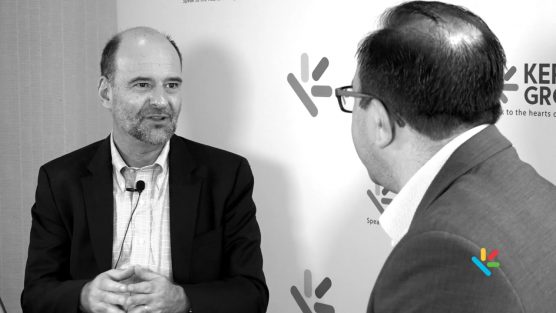
ISAAC MIZRAHI
Chairman | CULTURE MARKETING COUNCIL

MARISSA SOLIS
VP | HISPANIC BUSINESS PEPSICO
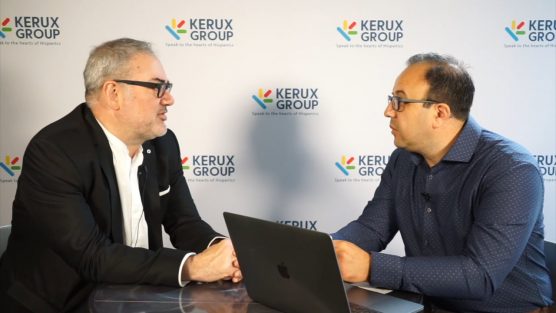
ALBERTO LORENTE
Marketing Director |
SPRINT
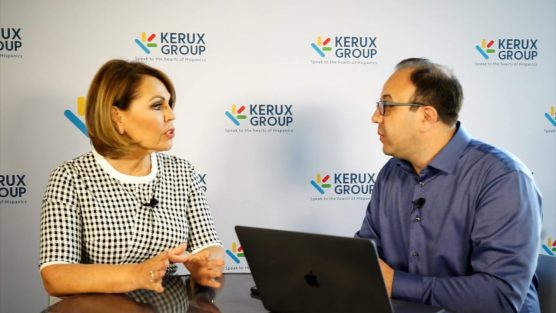
MARIA ELENA SALINAS
Journalist

RICK GOMEZ
Chief Marketing Officer | TARGET

ALEX LOPEZ NEGRETE
President | LOPEZ NEGRETE COMMUNICATIONS

ALICIA ENCISO
Chief Marketing Officer | NESTLE
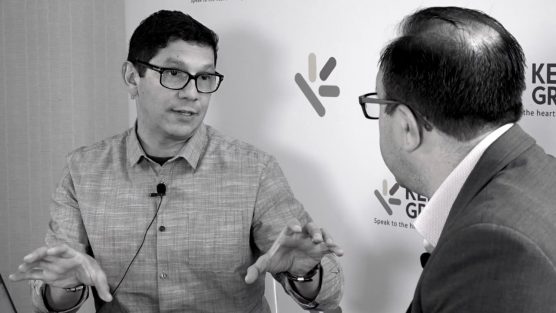
ALDO QUEVEDO
Creative Director | RICHARDS LERMA

JOHN SANDOVAL
Multicultural Manager | INTUIT

DAVID CHITEL
CEO | NGL COLLECTIVE
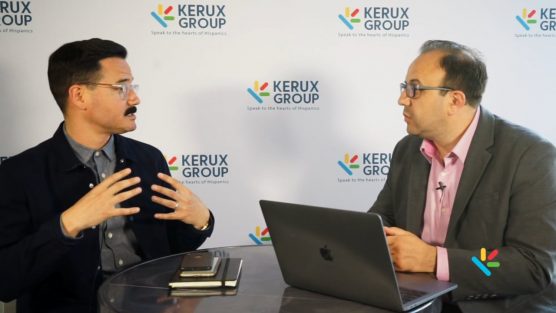
RICARDO AZPIAZU
Marketing Director | VERIZON

COURT STROUD
Consultant | THE CLEDOR GROUP
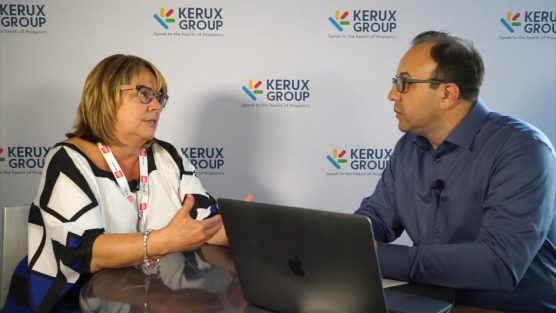
VANESSA STRAIN
VP of Multicultural | NIELSEN

JOSE VILLA
President | SENSIS
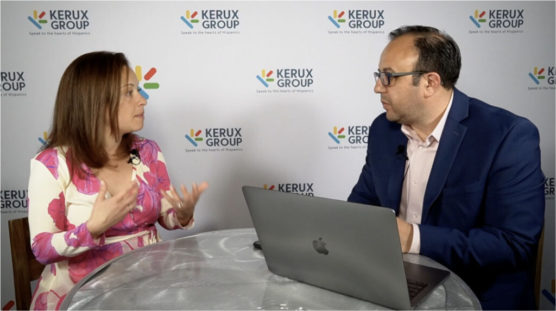
SARAH CARBERRY
Multicultural Strategist | GOOGLE

YVETTE PEÑA
VP Multicultural | AARP

ISAAC MUÑOZ
Senior business Consultant | Southwest Airlines

CLAUDIA ROMO
Founder | WE ARE ALL HUMAN

SHELLEY HAUS
SVP Brand Marketing | ULTA BEAUTY

WENDY BLUME
VP Marketing | ADVANCE AUTO PARTS

MANNY RUIZ
CEO | NOSTALGIACON

VALERIA PIAGGIO
SVP | KANTAR
